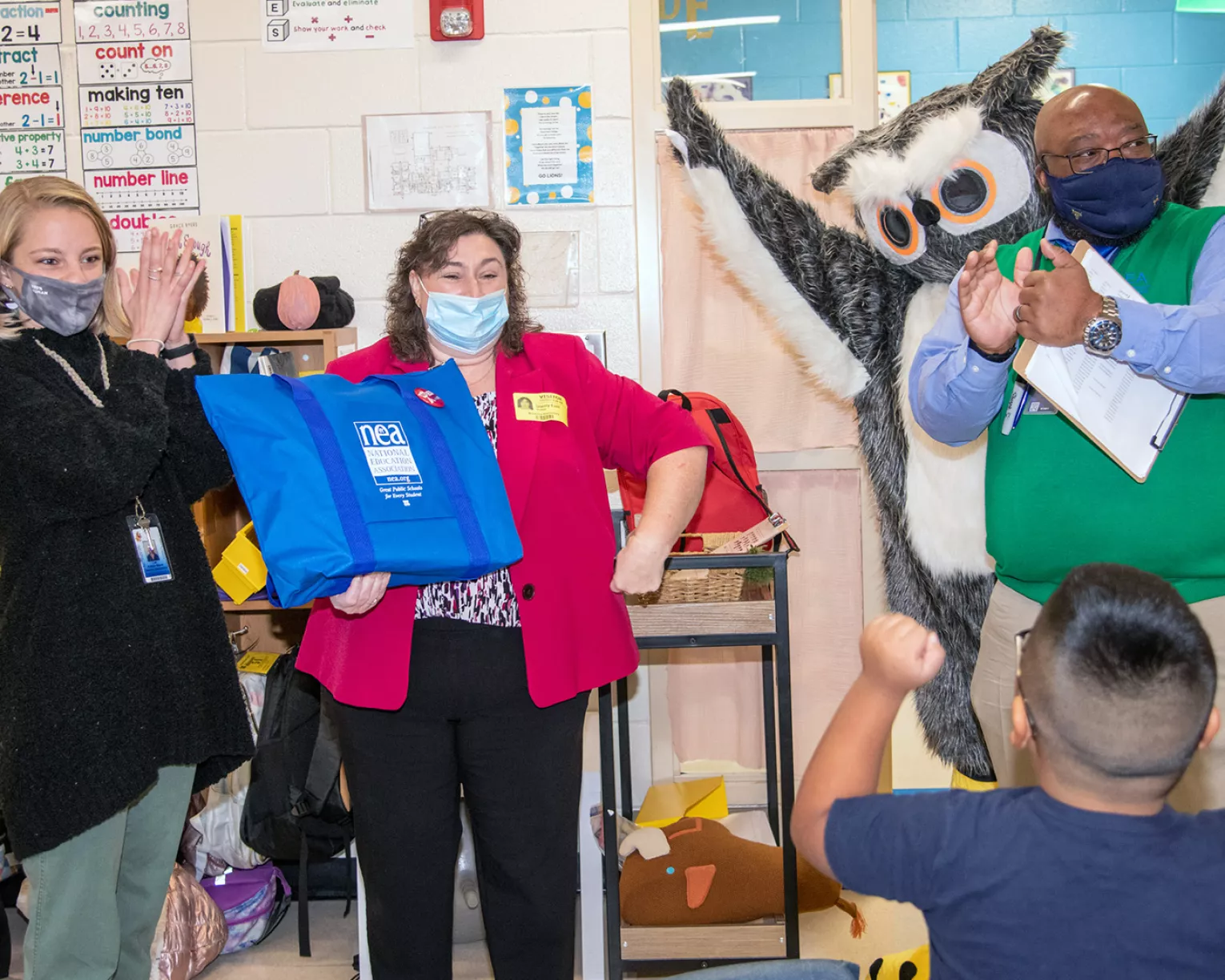This may seem obvious: reading with your children helps them learn to read and write at a young age.
What might not seem obvious: the ways you can use books to support your child’s reading doesn’t always happen on the page.
We’ll get to that, but first, what is the value of reading to your child at a young age? On a basic level, it teaches them that there’s a meaningful connection between print writing and meaning. It also shows them the sounds that written words make, and it demonstrates that books tell stories.
But beyond that, reading to young students at home and discussing the stories you read instill in them skills they’ll use throughout school.
They learn that a story has a beginning, middle and end. They learn that stories have characters, setting and plot. Students who have been exposed to many children’s books can say when a story does not “make sense” even if they can’t yet explain that it has no plot.
One thing to keep in mind when selecting books to read with your child is to start with experiences they can relate to.
Learning Active Reading
Reading with your child is great on its own to build a foundation for their future as readers and writers. However, the ways you can engage with books even when you’re not reading is also powerful.
For example, discussing the stories you’ve read together helps your child build their vocabulary. It also makes them compose thoughts that engage with their reading, which is something they’ll have to do throughout their school careers.
You can ask them questions to prompt their thinking, like stopping mid-story to ask them to predict what happens next. Or ask them why they think a character took a specific action, and have them explain their reasoning.
Ask if a story reminds them of another book you’ve read together and why. Or what part of the story they liked best, or if they were happy with the ending of the story. The more different ways they learn to engage with their reading, the better prepared they will be to answer similar questions in the classroom.
Picking the Right Stories
One thing to keep in mind when selecting books to read with your child is to start with experiences they can relate to.
If a student has never seen the snow, for example, it may be difficult for them to understand a story about a blizzard. Working within concepts they have personal experience with helps them link those ideas to written words and plots.
And once you do select the right story, there’s no end to the ways you can engage their imaginations. Critical thinking can set a foundation of skills that will help them become successful students today and in the future.
Learn More
Use Your Educator Voice.






